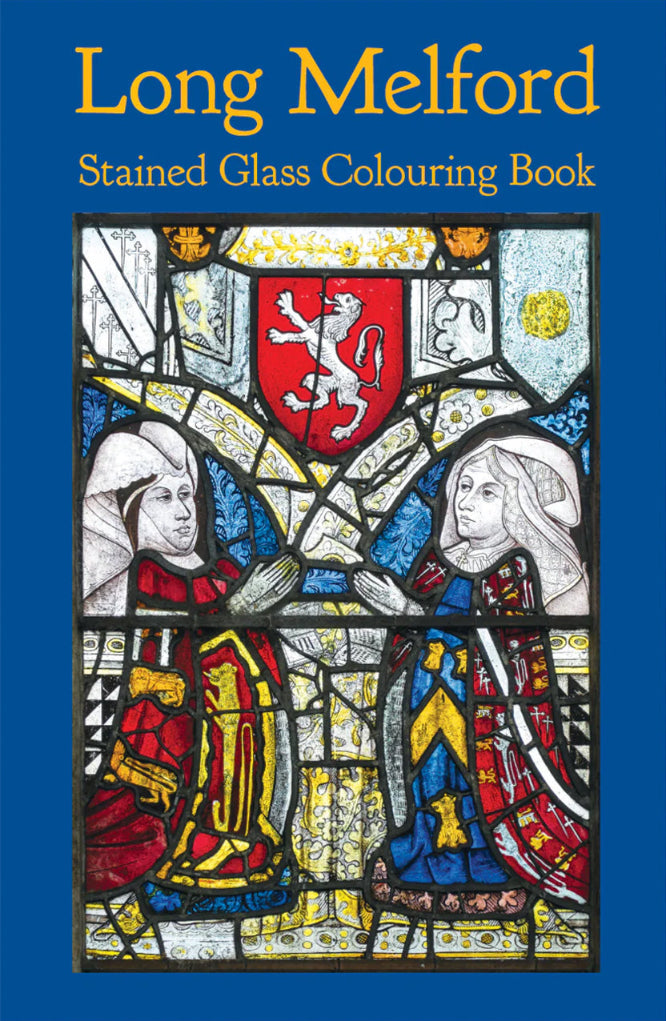Eye Books is a small, independent publisher championing extraordinary stories and overlooked voices since 1996. We publish bold fiction and non-fiction, work closely with our authors, and take pride in bringing unique books to adventurous readers.


A Wars of the Roses roll-call in medieval stained glass
The stained-glass windows of Holy Trinity Church at Long Melford in Suffolk are one of the glories of England’s medieval heritage.
Most stained glass from this period was destroyed in the Reformation, when the Tudor boy king Edward VI ordered religious imagery in churches to be destroyed, and later in the Civil War. The glass at Long Melford is a rare survival. Its mainly secular images show East Anglian dignitaries and their wives, some of them familiar names in the history of the Wars of the Roses, and provide an unparalleled record of 15th-century costumes, heraldry and hairstyles.
The 36 line-drawn images based on the figures in the windows – with an introduction on the history of Long Melford and a short biography of each character – will provide hours of colouring entertainment for adults and children alike.
‘The stained glass of Long Melford is among the glories of England’ Edmund Blunden
‘It’s a beautiful book. It looks incredible and you could really while away some time colouring these. It’s a truly wonderful and pretty unique fundraiser. I think it’s going to go down so well’ Sarah Lilley, BBC Radio Suffolk
UK postage is free if you spend £20 or more
